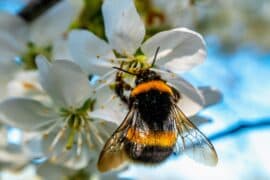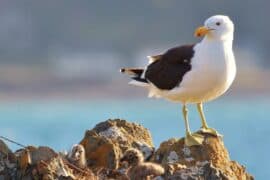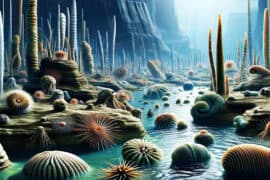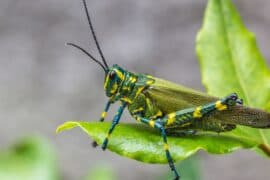Marbled newt
(Triturus marmoratus)
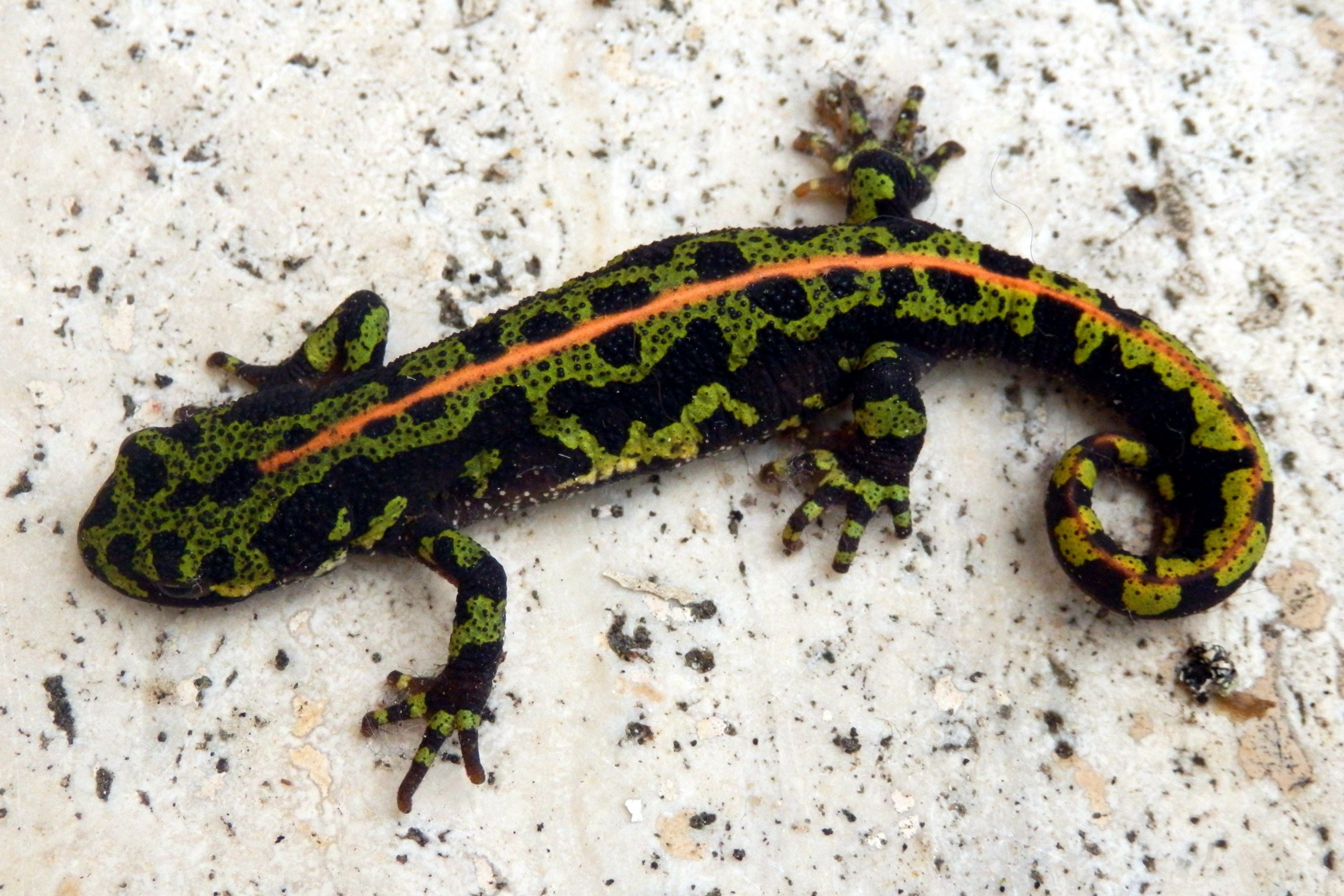
Description
The marbled newt (Triturus marmoratus) is a mainly terrestrial newt native to the Iberian Peninsula and France in Europe. Less than 1,200 individuals remain today in their native habitat. Multiple factors including deforestation, and climate change are destroying the elusive species. Marbled newts have dark brown or black bodies with irregular patterns of green. They have black bellies with off-white specks. Adult females have an orange stripe running down the back from the head to the tip of the tail. Juveniles also have this stripe, but it fades on males at about 9 months. Breeding males have a large wavy crest that runs from its neck down to the tip of its tail, but is a little bit shorter where the tail meets the body. The crest is striped yellowish-white with black. Adult marbled newts are from 5 inches (13 cm) to 6.5 inches (17 cm) long. Marbled newts live throughout most of France, and northern Spain west to the northern third of Portugal. They have a slight overlap with the pygmy marbled newt (T. pygmaeus), which take over southern Spain. Marbled newts are absent from most of the Pyrenees because of dry and unstable conditions. In northern France, the populations are more scattered due to the presence of the great crested newt (T. cristatus), with which the marbled newt hybridizes to some extent. The higher-elevation Mediterranean climates are the preferred habitat of marbled newts, and in the overlap, T. pygmaeus takes the lower elevations. Marbled newts use the stars to navigate to their breeding pools. Triturus is a genus of newts comprising the crested and the marbled newts, which are found from Great Britain through most of continental Europe to westernmost Siberia, Anatolia, and the Caspian Sea region. Their English names refer to their appearance: marbled newts have a green–black colour pattern, while the males of crested newts, which are dark brown with a yellow or orange underside, develop a conspicuous jagged seam on their back and tail during their breeding phase. Crested and marbled newts live and breed in vegetation-rich ponds or similar aquatic habitats for two to six months and usually spend the rest of the year in shady, protection-rich land habitats close to their breeding sites. Males court females with a ritualised display, ending in the deposition of a spermatophore that is picked up by the female. After fertilisation, a female lays 200–400 eggs, folding them individually into leaves of water plants.
Taxonomic tree:


